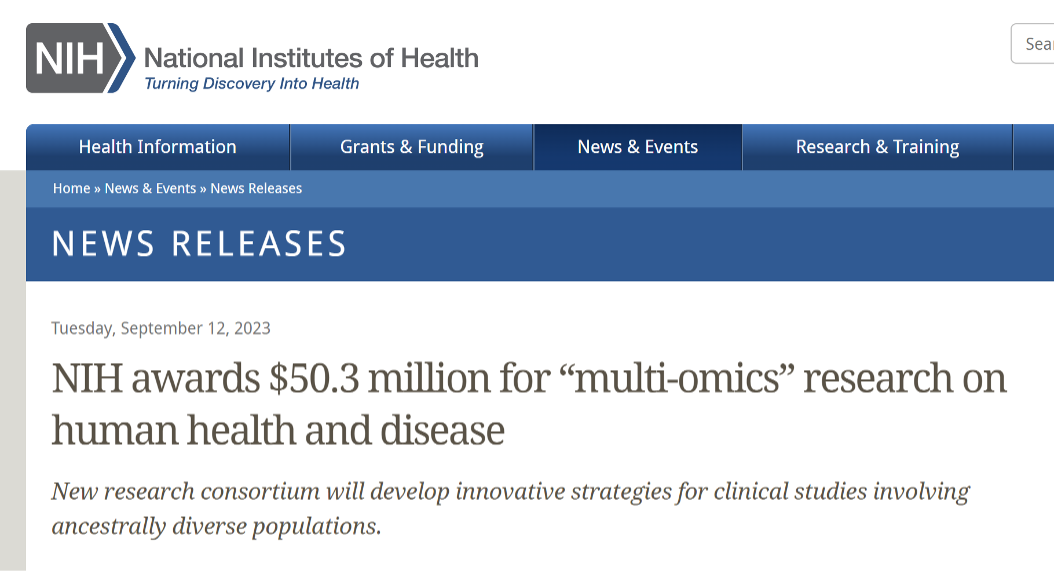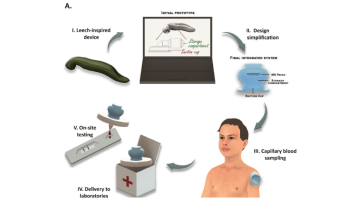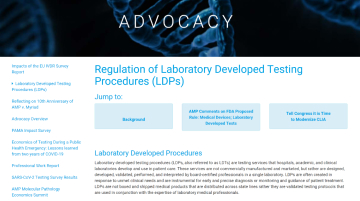September 12th, the United States’ National Institutes of Health (NIH) announced the establishment of the Multi-Omics for Health and Disease Consortium and will allocate $50.3 million in funding over five years, with an initial grant of $11 million in the first year. The project will be jointly funded by the National Human Genome Research Institute, the National Cancer Institute, and the National Institute of Environmental Health Sciences.
NIH stated that approximately half of the funds will be allocated to six disease research hubs focusing on conditions such as fatty liver disease, liver cell carcinoma, asthma, chronic kidney disease, preeclampsia, and other disorders. These research hubs will recruit participants, with at least 75% of them having a genomic research gap in their ancestral backgrounds. They will also collect data on participants’ environmental and social determinants of health and integrate them with multi-omics data. The integration of multi-omics and environmental data allows for a more comprehensive understanding of the factors contributing to disease risk and outcomes.
Multi-omics refers to a research approach that combines data types from different omics fields, such as genomics, epigenomics, transcriptomics, proteomics, and metabolomics. Each of these data types reveals different information about various aspects of biological systems, and with advances in high-throughput technologies and data science, harnessing all these data types simultaneously has become increasingly feasible.
Genomics, with applications like ctDNA testing, whole-genome sequencing, and exome sequencing, is currently a popular field, especially in cancer, microbiology, drug research, and genetic diseases. However, multi-omics applications are not as widespread yet, but they offer higher clinical benefits compared to genomics alone. In this era of rapid data and information development, multi-omics is likely to become a trending topic.



